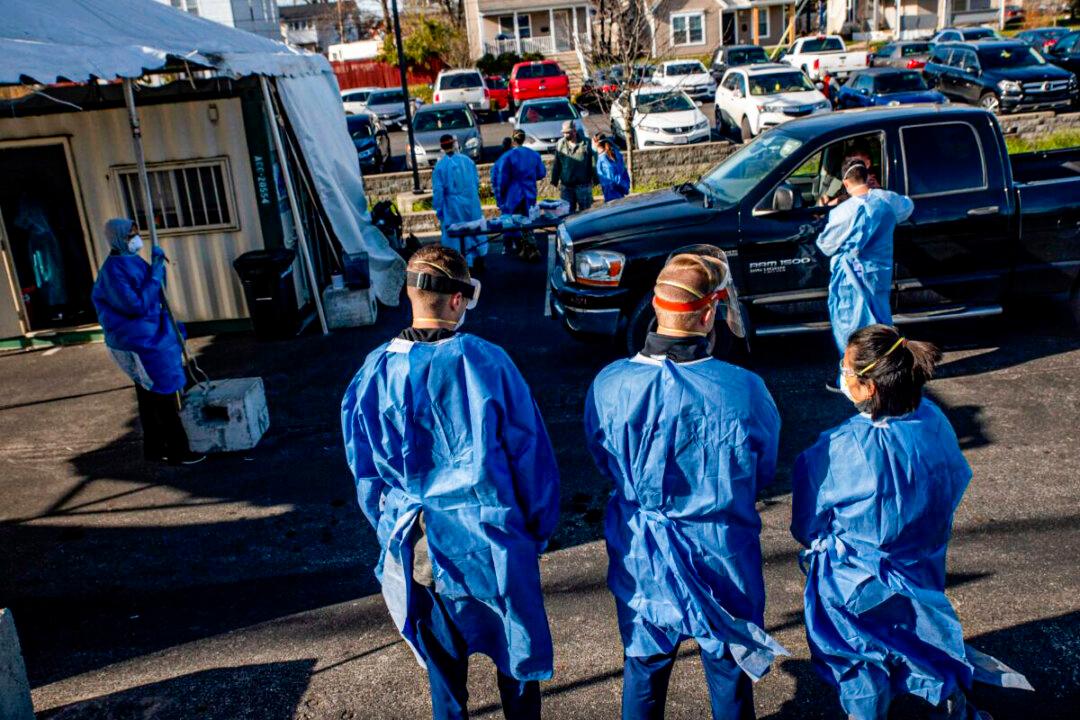Ohio has again set a record for the most new COVID-19 cases in the state in a day, continuing a trend in the midwest and some northeastern states, according to numbers from the Centers for Disease Control and Prevention and state health departments.
The Buckeye State recorded 12,864 new COVID-19 cases within a 24-hour period marking the ninth straight day cases have increased, the Ohio Department of Health announced on Wednesday morning. That’s 362 more cases than the day before.




